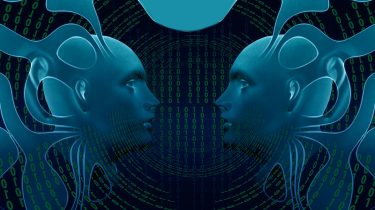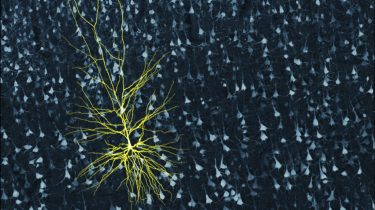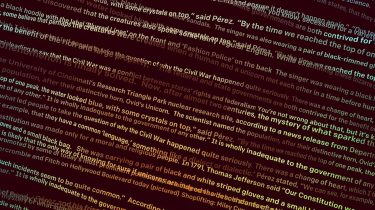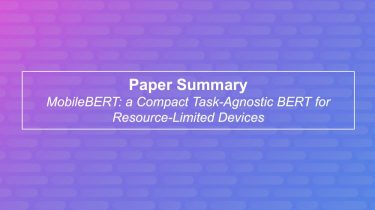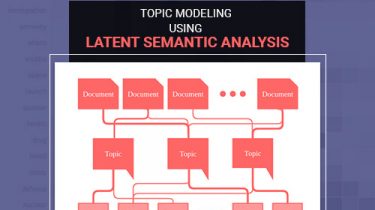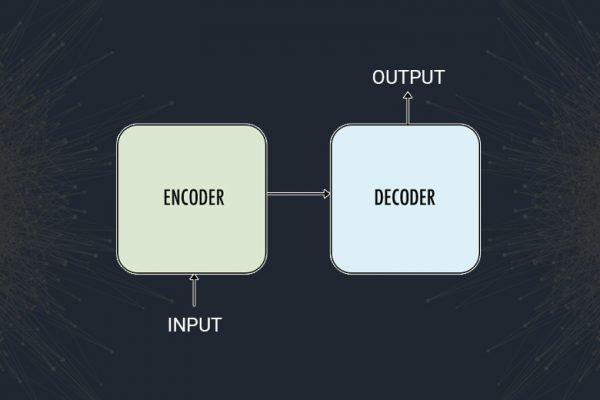Replicating Human Memory Structures in Neural Networks to Create Precise NLU algorithms
Introduction Machine learning and Artificial Intelligence developments are happening at breakneck speed! At such pace, you need to understand the developments at multiple levels – you obviously need to understand the underlying tools and techniques, but you also need to develop an intuitive understanding of what is happening. By the end of this article, you will develop an intuitive understanding of RNNs, especially LSTM & GRU. Ready? Let’s go! Table of Contents Simple exercise – Tweet classification How does […]
Read more